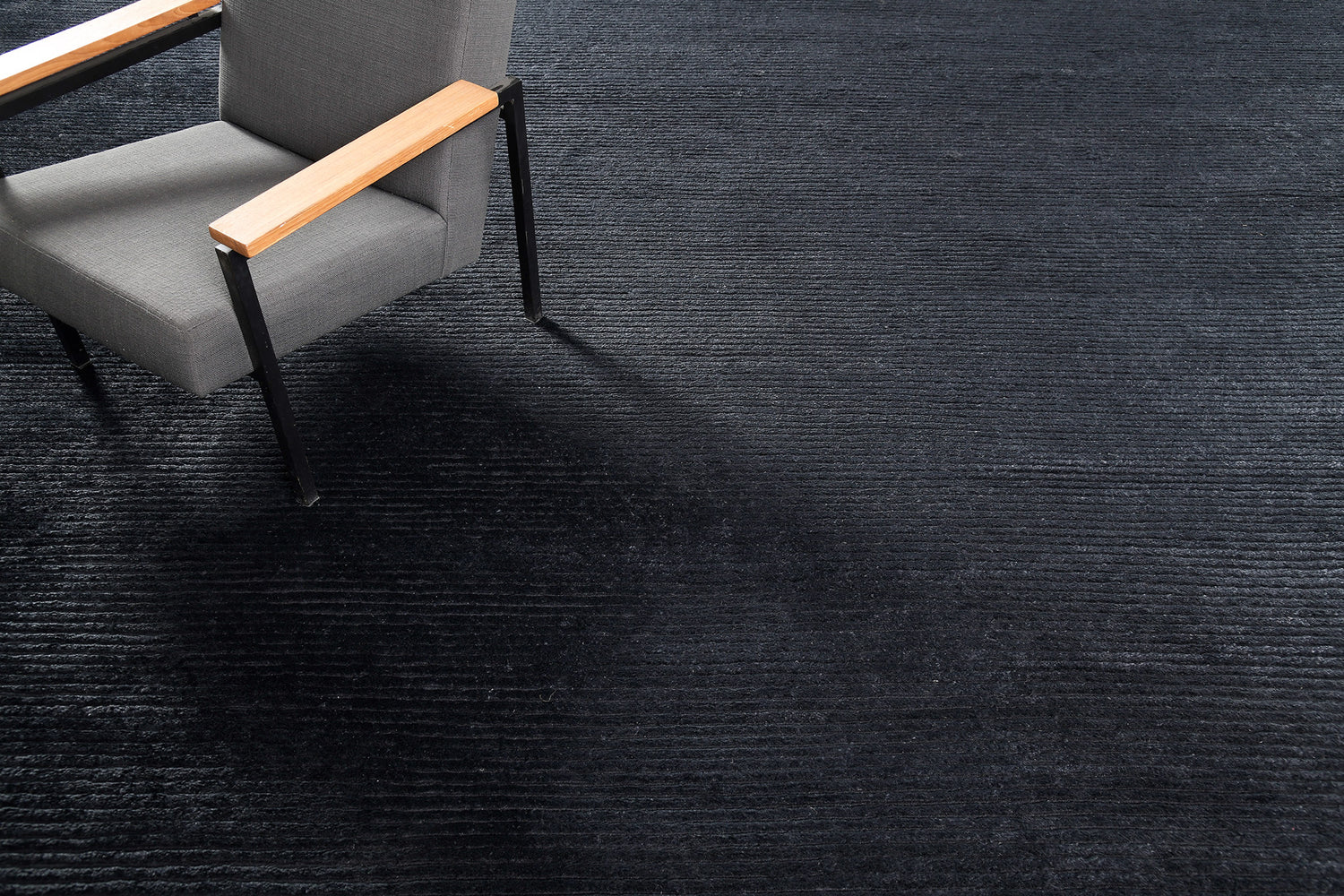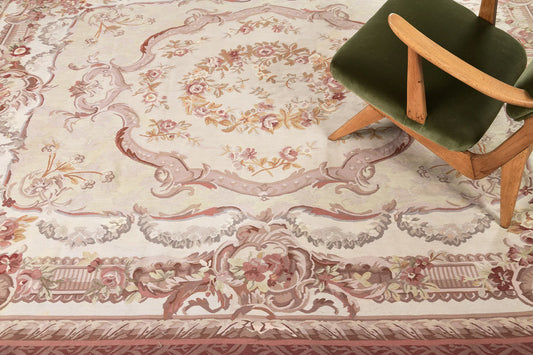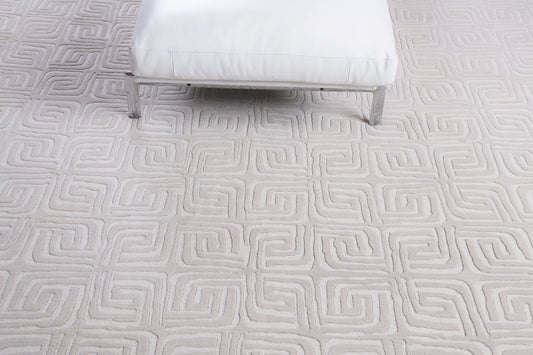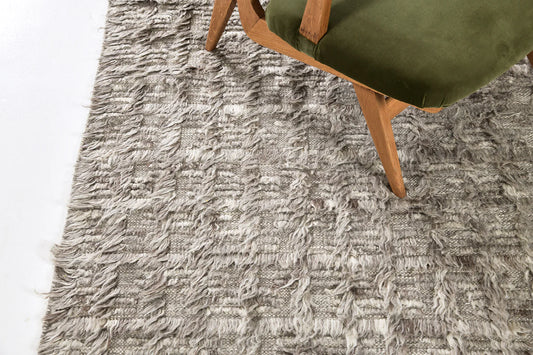Often described as the "diamond fiber" of textiles, cashmere—made from the luxurious undercoat of cashmere goats—is a linchpin in the realm of luxury interior design.
Cashmere rugs embody a rare balance of softness and strength; harvested from the undercoat of cashmere goats, which are primarily raised in the frigid terrains of Mongolia, China, and Iran, this fiber is both lightweight and insulating.
When woven into rugs, it results in creations that are soft yet impressively durable. The uniqueness of cashmere rugs emanates from the fiber's exclusive qualities of heat insulation, soft texture, and a lustrous finish. Cashmere is lighter than sheep's wool but offers more warmth, making these rugs an inviting addition to any living space.
History of Cashmere Rugs
The story of cashmere rugs begins in the mesmerizing landscapes of the Himalayan region, where the majestic Kashmir goat roams. These remarkable animals yield a soft and luxurious wool, known as cashmere, which has been prized for its warmth and texture since the 13th century. Although cashmere has been harvested and utilized for hundreds of years, its entrance into the exclusive club of high-end rugs is relatively recent, having gained prominence in the late 20th century. The modern consumer's desire for luxury that also serves a functional purpose was a gap that cashmere rugs filled effortlessly. Beyond their immediate aesthetic appeal, cashmere rugs represent a judicious investment in enduring style and comfort. Thanks to the inherent strength and resilience of cashmere fibers, these rugs have the uncanny ability to retain their form and color for years.
Cashmere: Exclusive and rare
The quantity of cashmere wool produced each year is limited by the number of Kashmir goats and the amount of cashmere they shed. It takes several goats to produce enough cashmere for a single rug, making the raw material relatively rare. This limited supply, coupled with high demand for cashmere products worldwide, makes cashmere rugs a luxury product.
The process of harvesting this delicate fiber is also labor-intensive and time-consuming. Once harvested, cashmere fibers require meticulous sorting, cleaning, and combing to separate the fine undercoat from coarser outer hairs. This process is done by hand to ensure the quality and softness of the material.
The Perfect Placement of Cashmere Rugs at Home
When it comes to softness, cashmere rugs are unrivaled. The incredibly fine and delicate cashmere fibers create a rug that feels like a cloud underfoot. The texture is luxurious and inviting, making cashmere rugs a favorite choice for spaces where comfort and opulence are paramount. Cashmere rugs, while exceptionally soft and luxurious, are more delicate than their wool counterparts. They are best suited for low-traffic areas and spaces where they won't be subjected to heavy wear and tear, however, with proper care, cashmere rugs can maintain their beauty for years.
In modern living areas or bedrooms, where comfort and relaxation are paramount, a cashmere rug provides a luxurious touch without compromising the sleekness of the overall design. High-ceiling spaces benefit especially from the natural warmth and silken touch of cashmere underfoot. By providing warmth and comfort, aligning with sustainability principles, and embodying understated elegance, cashmere rugs have become indispensable elements in creating interiors that are stylish and inviting.
Also check out our Modern Silk Rugs






